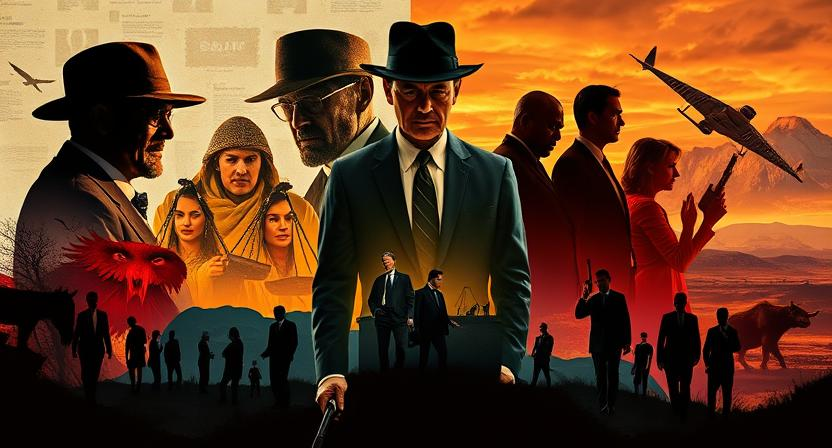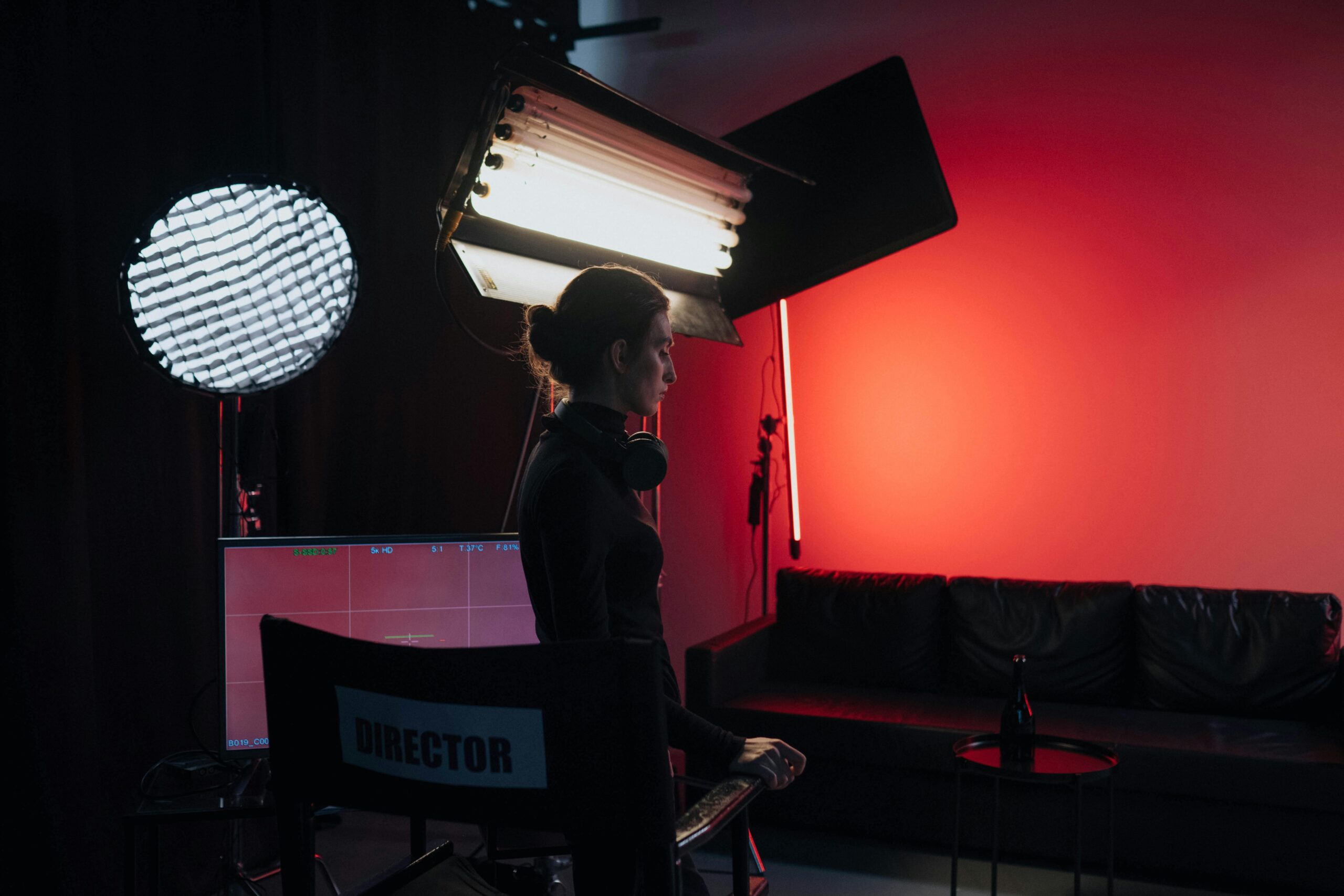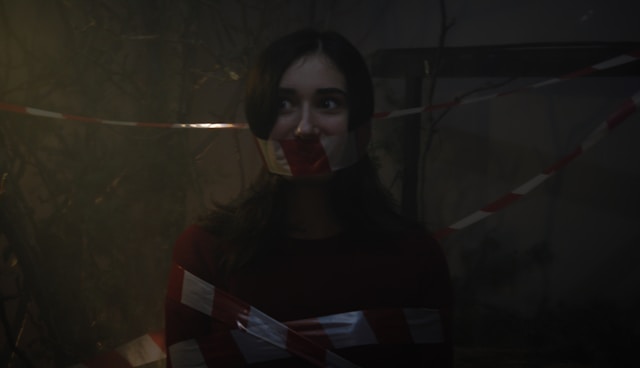Plot Overview

In “Better Call Saul,” the plot revolves around Jimmy McGill’s transformation into the morally ambiguous lawyer, Saul Goodman. Set in Albuquerque, New Mexico, the story delves into Jimmy’s struggles as he navigates the legal world, grappling with his own ethical dilemmas while trying to establish himself in the competitive legal profession.
As the narrative unfolds, viewers witness Jimmy’s complex relationships with his brother Chuck, his love interest Kim Wexler, and the notorious cartel figure, Lalo Salamanca. Tensions rise as Jimmy’s choices lead him down a path filled with deception, betrayal, and the constant battle between his desire for success and his inner moral compass.
Character Development
In “Better Call Saul,” the character development is nothing short of remarkable. Jimmy McGill’s transformation into the morally ambiguous lawyer Saul Goodman is portrayed with finesse and complexity. Throughout the series, viewers witness the gradual erosion of Jimmy’s ethics and the evolution of his character into someone willing to bend the rules for personal gain. This journey is accentuated by Bob Odenkirk’s nuanced performance, capturing the subtleties of Jimmy’s shifting personality with depth and authenticity.
Equally compelling is the development of other key characters, such as Mike Ehrmantraut and Kim Wexler. Mike’s transition from a former cop struggling with personal loss to a seasoned criminal enforcer is portrayed with a quiet intensity that speaks volumes. Similarly, Kim’s character arc from a dedicated lawyer to a complex figure grappling with her own moral compass adds layers of intrigue to the narrative. The attention to detail in character development sets “Better Call Saul” apart as a masterclass in storytelling.
Setting and Atmosphere

The setting of “Better Call Saul” plays a crucial role in shaping the overall atmosphere of the show. Set in Albuquerque, New Mexico, the desert landscape serves as a character of its own, with wide open spaces and vast skies emphasizing the isolation and moral ambiguity faced by the main characters. The use of distinct locations, such as the desolate office of Jimmy McGill or the bustling streets of the city, creates a stark contrast that mirrors the internal conflicts of the protagonist.
The attention to detail in capturing the essence of Albuquerque through its architecture, color palette, and weather patterns adds depth to the storytelling. From the neon-lit streets at night to the dusty expanses during the day, the visual portrayal of the setting immerses viewers into the world of “Better Call Saul.” The gritty urban environment, combined with the harsh sunlight and arid landscapes, creates a sense of unease and tension that underscores the moral dilemmas and ethical choices faced by the characters.
Cinematography and Visuals
The cinematography in Better Call Saul is nothing short of exceptional. Each frame is meticulously composed, with a keen attention to detail that adds layers of depth to the storytelling. The use of lighting and color palettes effectively conveys the mood and tone of each scene, creating a visually stunning experience for viewers.
Furthermore, the visual storytelling in the series is masterfully executed. From clever camera angles to creative use of visual effects, every shot is purposeful in advancing the narrative and highlighting the complexities of the characters. The contrast between wide shots of the vast New Mexico desert and intimate close-ups of the characters’ expressions creates a dynamic visual landscape that draws viewers deeper into the world of Better Call Saul.
Soundtrack and Score

The music in “Breaking Bad” is essential to creating tension and enhancing the emotional impact of key moments. With its intense and suspenseful score, the soundtrack perfectly complements the dark and gritty tone of the show. The use of music helps to build suspense and highlight the dangerous situations that the characters find themselves in.
Additionally, the show incorporates a mix of iconic songs that help to ground the series in specific time periods and further develop the characters. From the haunting sound of “DLZ” by TV on the Radio to the juxtaposition of the upbeat “Negro y Azul” by Los Cuates de Sinaloa against the violence on screen, the soundtrack adds depth and complexity to the storytelling. The careful selection of music not only sets the mood for each scene but also provides insight into the characters’ inner thoughts and motivations.
Themes and Symbolism
Throughout “Better Call Saul,” the theme of moral transformation takes center stage as viewers witness Jimmy McGill’s gradual descent into his morally ambiguous alter ego, Saul Goodman. This transformation delves into the complexities of human nature and the ethical dilemmas faced when personal integrity clashes with the pursuit of success and recognition. The series delves into the blurred lines between right and wrong, challenging viewers to question their own moral compass and the choices they would make in similar circumstances.
Symbolism plays a crucial role in “Better Call Saul,” with recurring motifs such as the color schemes of characters’ clothing representing their internal conflicts and moral alignments. The symbolic use of space, particularly the contrast between the expansive desert landscapes and the claustrophobic interiors of the legal offices, reflects the characters’ emotional states and the pressures they face. Additionally, the symbolic significance of objects like the colorful suits Jimmy wears as Saul Goodman or the symbolic representations of certain characters, such as the chessboard representing the strategic gameplay between legal adversaries, add depth and nuance to the narrative.
Critical Reception

Critics have widely praised the intricate storytelling and character development in “Better Call Saul.” The series is commended for its ability to delve into the complexities of morality and human nature, providing a deeper understanding of the characters’ motivations and struggles. Additionally, the show’s slow-burn approach to storytelling has been lauded for its masterful pacing, allowing for a more nuanced exploration of the characters’ evolution.
Furthermore, “Better Call Saul” has been applauded for its exceptional performances, notably Bob Odenkirk’s portrayal of Jimmy McGill/Saul Goodman. Critics have highlighted the depth and nuance he brings to the character, providing a compelling and multi-dimensional lead. The supporting cast has also received acclaim for their performances, contributing to the rich tapestry of the show’s narrative.
Audience Response
Fans of “Better Call Saul” have expressed deep admiration for the show’s ability to delve into complex character relationships and moral dilemmas. The audience has been particularly captivated by the nuanced portrayal of protagonist Jimmy McGill’s transformation into the morally ambiguous lawyer Saul Goodman. Viewers have praised the show for its attention to detail and slow-burn storytelling that keeps them invested in the characters’ fates.
Additionally, many viewers have commended the series for its seamless connection to its predecessor, “Breaking Bad,” through carefully woven references and overlapping storylines. The audience’s eagerness to uncover the origins of iconic characters from “Breaking Bad” showcased in “Better Call Saul” has contributed to the show’s strong appeal. Overall, the audience’s immersive experience with the show has been marked by anticipation, emotion, and a deep appreciation for the skilled storytelling and character development displayed in each episode.
Impact on Pop Culture

The influence of “Better Call Saul” on popular culture has been substantial since its debut. The show’s unique storytelling and complex characters have captivated audiences worldwide, sparking conversations and debates about morality, ambition, and the pursuit of success. Through its exploration of the legal world and the darker aspects of human nature, “Better Call Saul” has left a lasting impression on viewers, inspiring discussions about ethics and the consequences of one’s choices.
Moreover, the show’s success has also been reflected in the way it has influenced other works of fiction and media. From its innovative narrative structure to its masterful character development, “Better Call Saul” has set a new standard for quality television programming. Its impact on popular culture can be seen through the numerous awards and accolades it has received, solidifying its place as a benchmark for excellence in storytelling and filmmaking.
Recommendations for Fans of Better Call Saul
For those who enjoy the intricacies of legal dramas intertwined with complex character narratives, Better Call Saul is a must-watch series. Fans of this show would likely appreciate other critically acclaimed shows like Breaking Bad, as it serves as a prequel, providing a deeper understanding of the characters and storylines. Additionally, viewers may find shows such as Fargo and Ozark intriguing, as they also delve into the morally gray world of crime and consequences.
Apart from TV series, fans of Better Call Saul might also enjoy digging into films that explore similar themes and tones. Movies like The Lincoln Lawyer and Michael Clayton offer gripping legal dramas with flawed yet compelling protagonists. Furthermore, films like A Few Good Men and The Firm provide thrilling courtroom scenes and ethical dilemmas that parallel those in Better Call Saul.




